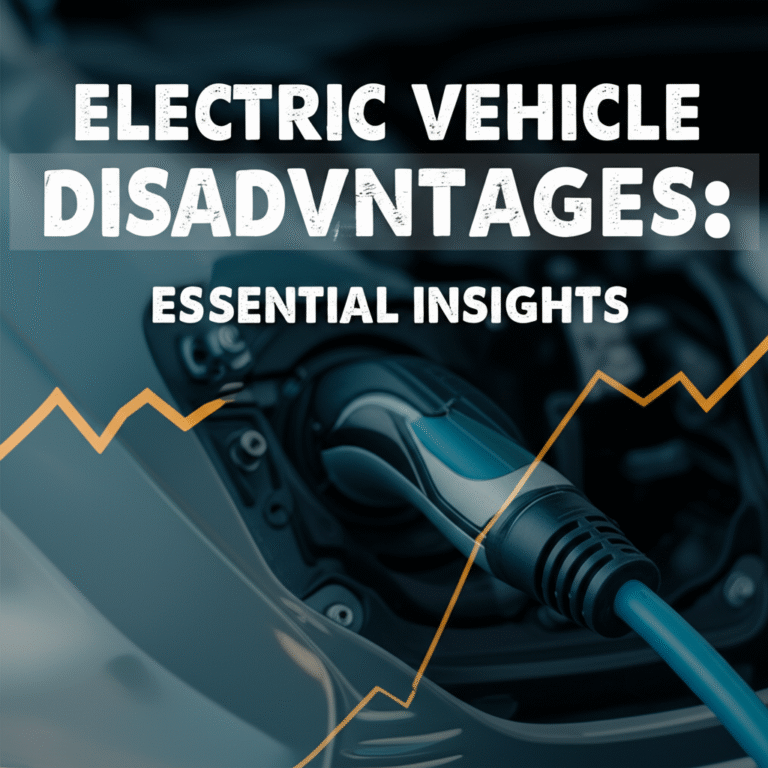Electric vehicles (EVs) offer many benefits, but it’s wise to understand their potential disadvantages before buying. Common concerns include purchase price, charging infrastructure availability, charging times, and battery lifespan. This guide provides essential insights into EV drawbacks, helping you make an informed decision by exploring these key areas in detail.
Thinking about going electric? It’s a fantastic step towards cleaner air and potentially lower running costs! But like any big decision, it’s smart to look at the whole picture. Many people are curious about the downsides of electric cars, and that’s perfectly normal. It can feel a bit overwhelming when you’re trying to figure out if an EV is the right fit for your life. Don’t worry, though! We’re here to break down the common concerns about electric vehicles in a simple, straightforward way. We’ll cover everything from how long it takes to charge to what happens to the battery over time. Let’s dive in and get you all the essential insights you need!
Understanding the Nuances: Key Electric Vehicle Disadvantages
While the appeal of electric vehicles (EVs) is undeniable, a balanced perspective requires acknowledging their current limitations. As an evolving technology, EVs present certain challenges that potential buyers should consider carefully. These disadvantages are not necessarily deal-breakers, but understanding them is crucial for setting realistic expectations and making an informed purchase. Let’s explore the essential insights into electric vehicle disadvantages.
The Initial Cost Hurdle: Purchase Price and Government Incentives
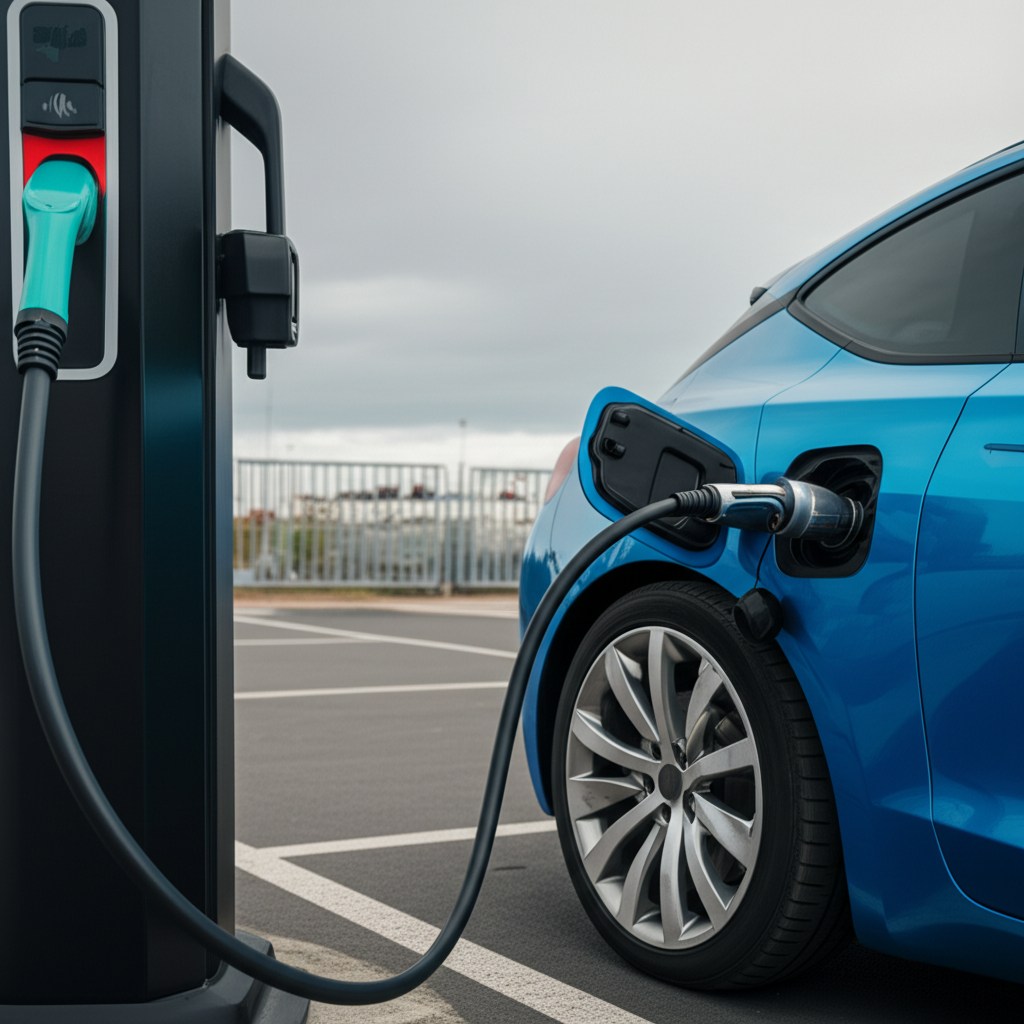
One of the most frequently cited disadvantages of electric vehicles is their higher upfront purchase price compared to their gasoline-powered counterparts. While the total cost of ownership over several years might be lower due to reduced fuel and maintenance expenses, the initial sticker shock can be a significant barrier for many consumers.
Why the Higher Price Tag?
- Battery Technology: The most expensive component of an EV is its battery pack. Manufacturing these complex units is costly, involving rare earth minerals and intricate assembly processes.
- Research and Development: Automakers invest heavily in developing new EV platforms, battery management systems, and charging technologies. These costs are often reflected in the initial pricing.
- Limited Model Variety (Historically): While this is rapidly changing, for a long time, the selection of EV models was limited, especially in certain vehicle segments like trucks or affordable sedans. Lower production volumes can also contribute to higher per-unit costs.
Navigating Incentives
Fortunately, governments worldwide recognize the importance of promoting EV adoption and offer various incentives to offset the higher purchase price. These can include:
- Federal Tax Credits: In many countries, there are national tax credits or rebates available for purchasing new qualifying EVs. These can significantly reduce the effective cost of the vehicle.
- State/Local Rebates: Many states, provinces, or local municipalities offer their own additional rebates or incentives, such as reduced registration fees or sales tax exemptions.
- Charging Infrastructure Grants: Sometimes, grants are available to help individuals or businesses install home charging stations.
It’s essential to research the specific incentives available in your region, as eligibility criteria and amounts can vary widely. The Alternative Fuels Data Center provided by the U.S. Department of Energy is an excellent resource for tracking federal and state incentives.
Charging Infrastructure: Availability and Convenience
The availability and convenience of charging infrastructure are critical factors for EV adoption. While the charging network is growing rapidly, it’s not yet as ubiquitous or as simple to use as traditional gasoline stations.
Public Charging Network
The public charging landscape is a patchwork of different charging speeds, connector types, and payment systems. This can lead to:
- Range Anxiety on Long Trips: While most daily driving needs are easily met by home charging, planning long road trips requires careful consideration of charging station locations along the route.
- Varied Charging Speeds: Charging stations range from Level 1 (standard household outlet, very slow) to Level 2 (faster, often found in public places and homes) and DC Fast Chargers (rapid charging, ideal for quick top-ups). The speed at which you can charge depends heavily on the charger and the vehicle’s capabilities.
- Inconsistent Reliability: Occasionally, public charging stations may be out of order or occupied, leading to delays or frustration.
- Different Network Providers: You might need multiple apps or RFID cards to access different charging networks, which can be inconvenient.
Home Charging
For many EV owners, the primary charging method is at home. This offers significant convenience:
- Level 1 Charging: Plugging into a standard 120V outlet is the slowest option, typically adding only a few miles of range per hour. It’s suitable for overnight charging for drivers with short commutes.
- Level 2 Charging: Installing a 240V charging station (similar to what an electric dryer uses) at home significantly speeds up charging, allowing most EVs to fully recharge overnight. This usually requires a professional electrician for installation.
The need for home charging installation can be an additional cost and logistical consideration, especially for renters or those living in apartments without dedicated parking.
Charging Times: The Waiting Game
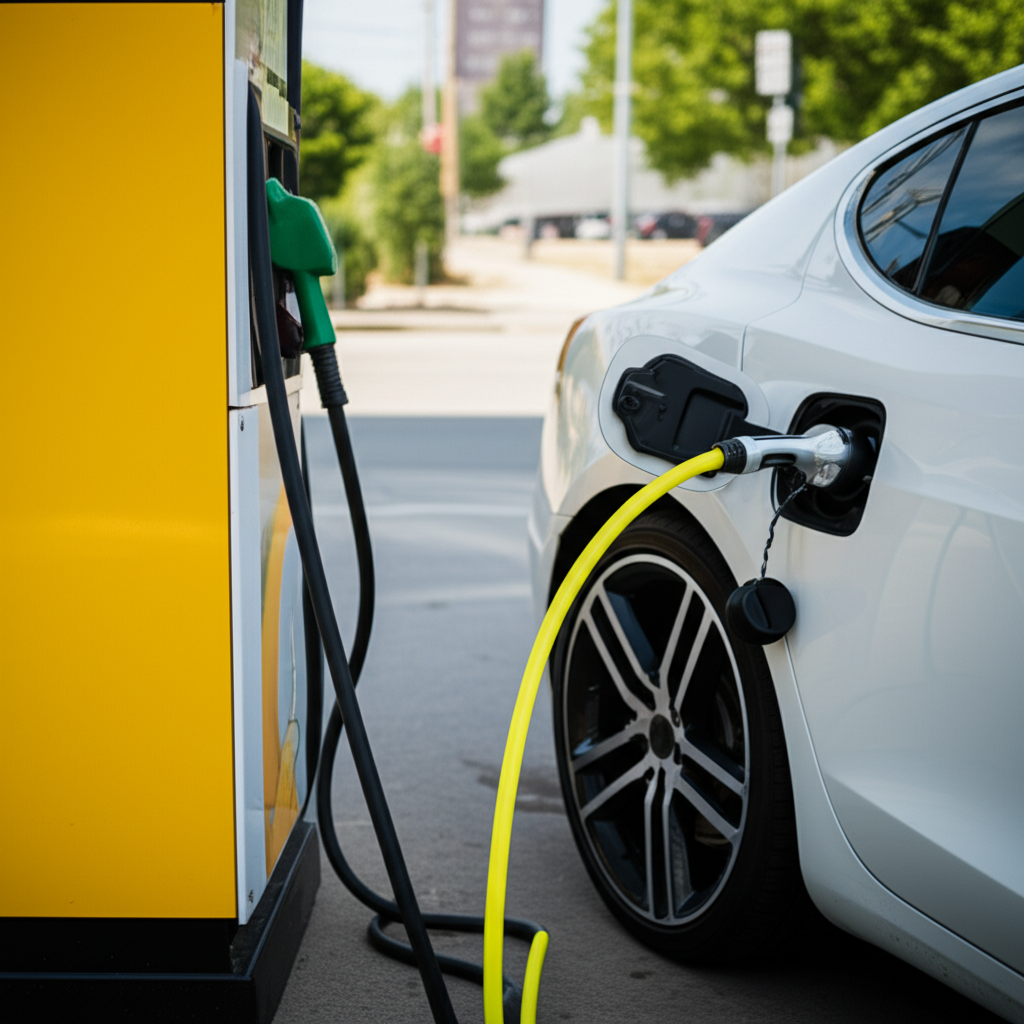
One of the most significant differences between EVs and gasoline cars is the time it takes to “refuel.” While filling a gas tank takes mere minutes, charging an EV can take considerably longer, depending on the charging level and battery size.
Charging Time Factors
- Battery Size (kWh): Larger battery packs naturally take longer to charge.
- Charger Type:
- Level 1: Can take 24+ hours for a full charge from empty.
- Level 2: Typically takes 4-10 hours for a full charge, depending on the car and charger output.
- DC Fast Charging: Can add 100-200 miles of range in as little as 20-30 minutes, but this is not a full charge and can vary significantly.
- Battery State of Charge (SoC): Charging tends to be faster when the battery is at a lower state of charge and slows down considerably as it approaches full.
- Temperature: Extreme cold or heat can affect charging speeds.
Impact on Lifestyle
For daily commuting and errands, overnight home charging usually eliminates any inconvenience. However, for long road trips, the need to plan charging stops and wait for the vehicle to charge can add time to the journey. This requires a shift in mindset from “refueling” to “recharging” and incorporating these stops into travel plans.
Battery Life, Degradation, and Replacement Costs
The battery is the heart of an EV, and like all batteries, it has a finite lifespan and is subject to degradation over time. This is a common concern for potential buyers.
Battery Degradation
Battery degradation refers to the gradual loss of battery capacity over time and use. This means an EV might have a slightly shorter range after several years of ownership. Factors influencing degradation include:
- Number of Charge Cycles: Each time an EV is charged and discharged, it counts as a cycle, which contributes to wear.
- Charging Habits: Regularly using DC fast chargers or consistently charging to 100% can accelerate degradation compared to slower charging and keeping the battery between 20% and 80%.
- Climate: Extreme temperatures, particularly heat, can negatively impact battery health.
Battery Warranties
Automakers are aware of these concerns and typically offer long warranties on EV batteries, often 8 years or 100,000 miles, whichever comes first. These warranties usually guarantee a certain percentage of the original battery capacity (e.g., 70%).
Replacement Costs
If a battery needs replacement outside of the warranty period, it can be a significant expense. However, battery technology is improving rapidly, and costs are expected to decrease. Furthermore, many EV batteries are designed to be repurposed for energy storage after their automotive life, and recycling processes are becoming more efficient, which may also influence future costs.
Range Anxiety: A Psychological and Practical Barrier
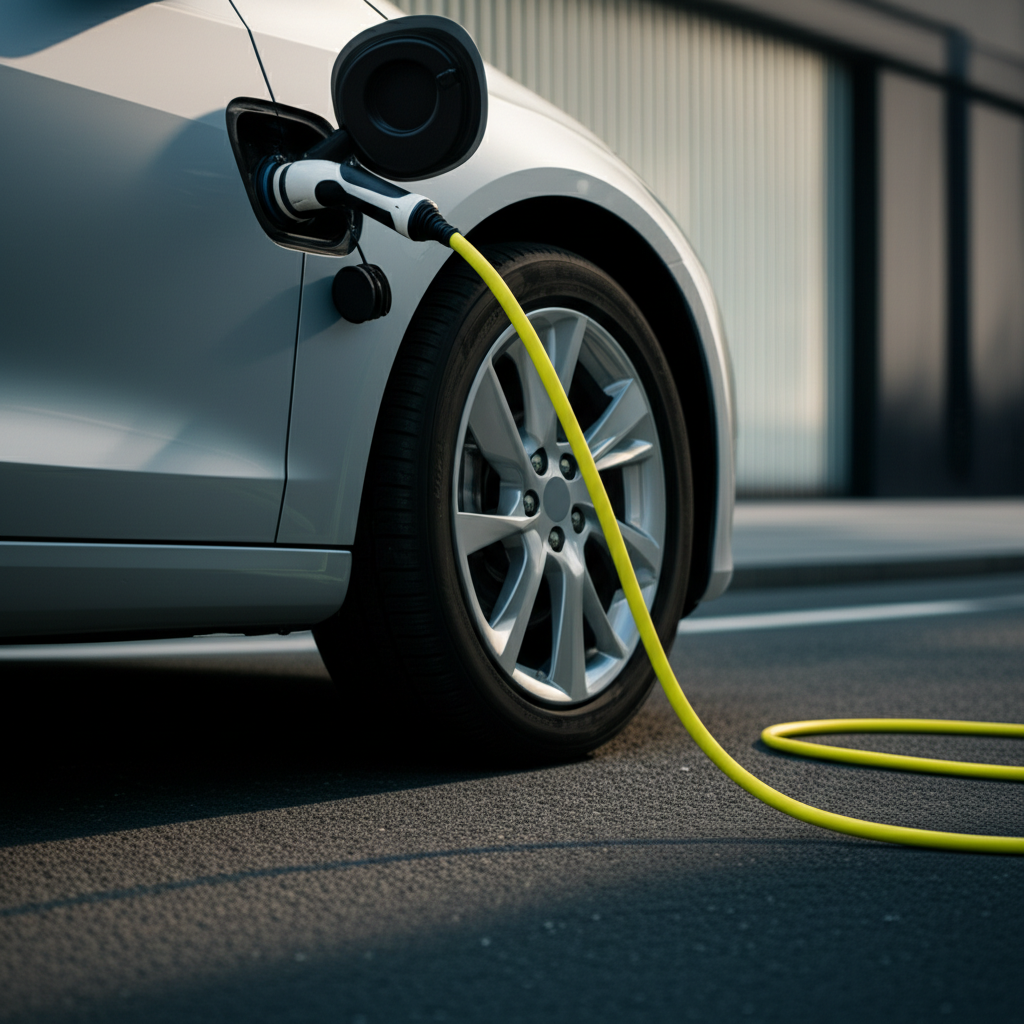
Range anxiety—the fear that an electric vehicle won’t have enough charge to reach its destination—is a common concern for prospective EV buyers. While modern EVs have significantly improved ranges, it remains a psychological barrier for some.
Current EV Ranges
Many new EVs offer a driving range of 200 to 300 miles or more on a single charge, which is more than sufficient for the average daily commute. For instance, the EPA estimates that many popular EV models can achieve ranges well over 250 miles. (Source: EPA Fuel Economy)
Factors Affecting Range
It’s important to understand that the advertised range is an estimate and can be affected by several real-world factors:
- Driving Style: Aggressive acceleration and high speeds consume more energy.
- Climate Control: Using the heater or air conditioning, especially in extreme temperatures, can reduce range.
- Terrain: Driving uphill requires more energy.
- Tire Pressure and Type: Properly inflated tires and low-rolling-resistance tires can maximize range.
Mitigating Range Anxiety
Several strategies can help alleviate range anxiety:
- Accurate Planning: Utilize EV-specific navigation apps that factor in charging stops.
- Home Charging: Starting each day with a “full tank” from home charging significantly reduces the need for public charging during the day.
- Understanding Your Needs: Most daily driving is well within the range of modern EVs.
Cold Weather Performance: A Noticeable Impact
Cold weather can have a noticeable impact on an electric vehicle’s performance, primarily affecting battery efficiency and charging speeds.
How Cold Affects EVs
- Reduced Range: Batteries are less efficient in cold temperatures. The combination of reduced battery performance and the increased energy needed to heat the cabin can lead to a significant decrease in the vehicle’s driving range. This impact can sometimes be 20-30% or more in very cold conditions.
- Slower Charging: Cold batteries also charge more slowly. The battery management system may limit charging rates until the battery reaches a warmer operating temperature.
- Cabin Heating: Unlike gasoline cars that use waste heat from the engine, EVs must use battery power to run the cabin heater and defroster, which consumes considerable energy. Many EVs offer pre-conditioning features that allow you to heat the cabin while plugged in, minimizing the impact on range.
Tips for Cold Weather EV Driving
- Pre-condition the Cabin: Heat the car while it’s still plugged in.
- Park Indoors: If possible, park in a garage to keep the battery warmer.
- Adjust Driving Habits: Drive more conservatively to conserve energy.
- Monitor Range Estimates: Be aware that the displayed range may be lower than usual.
Limited Model Availability and Niche Segments
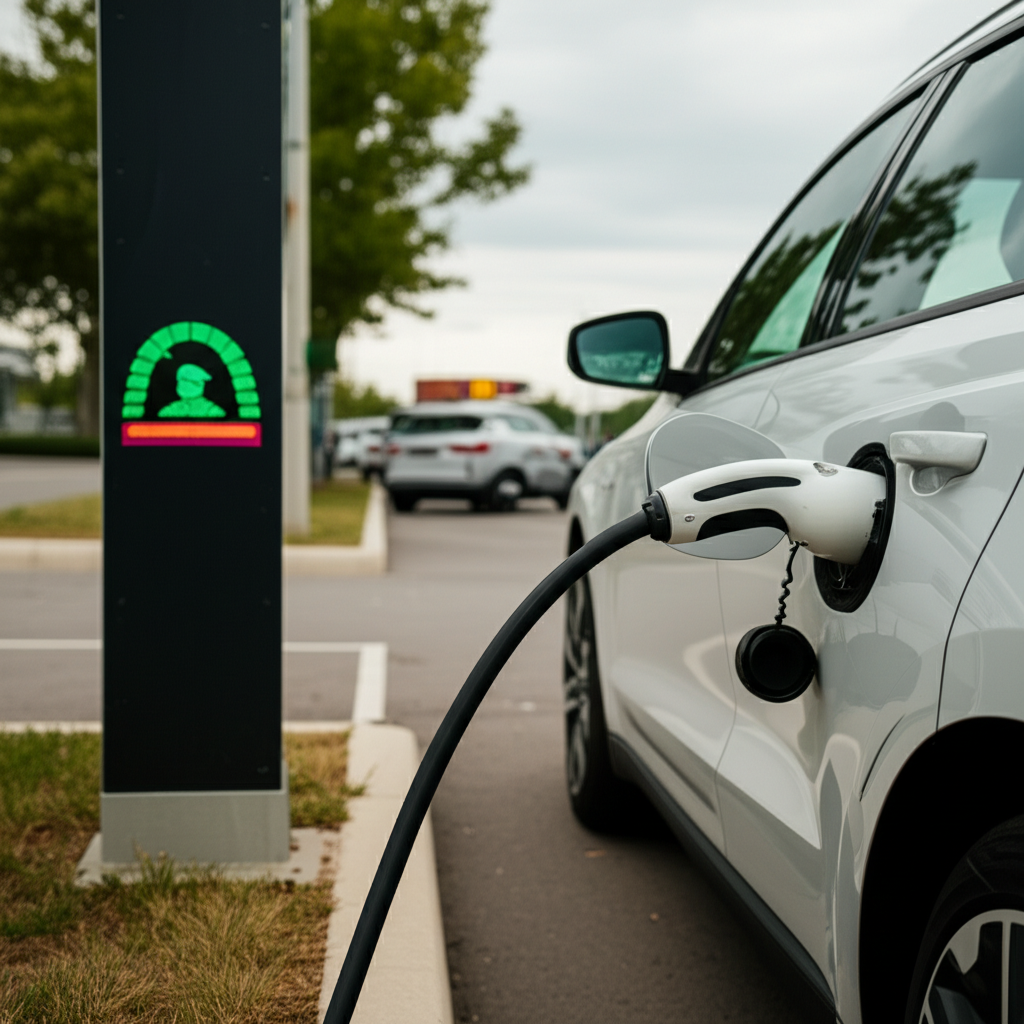
While the EV market is expanding rapidly, there are still certain vehicle segments and types where EV options are limited or non-existent compared to the vast array of gasoline-powered vehicles.
Where Gaps Remain
- Heavy-Duty Trucks and Vans: While electric pickup trucks and commercial vans are emerging, the selection is still smaller than traditional internal combustion engine (ICE) options, and towing capacity/range can be a concern.
- Affordable Entry-Level Cars: The market for truly budget-friendly EVs is still developing. Many of the initial EV offerings were premium vehicles.
- Specific Body Styles: Certain niche body styles or specialized vehicles might not yet have readily available electric versions.
The Future Outlook
This situation is rapidly changing. Automakers are investing billions in electrifying their lineups, and we can expect to see a much broader range of EV models across all segments in the coming years, making this disadvantage less significant over time.
Recycling and Disposal of EV Batteries
The long-term environmental impact of EV batteries, particularly their disposal and recycling, is a subject of ongoing research and development.
Current Challenges
- Complexity of Recycling: EV battery packs are complex assemblies containing valuable but also potentially hazardous materials. Developing efficient and cost-effective recycling processes to recover these materials (like lithium, cobalt, and nickel) is challenging.
- Logistics: Collecting and transporting large, heavy battery packs for recycling presents logistical hurdles.
- Emerging Technologies: While recycling processes are improving, they are still evolving to handle the increasing volume of retired EV batteries.
Positive Developments
The good news is that the industry is actively working on solutions. Many manufacturers are establishing battery recycling programs and investing in advanced recycling technologies. Furthermore, the focus on “second-life” applications, where retired EV batteries are repurposed for stationary energy storage before being recycled, offers a sustainable interim solution.
Organizations like the Rocky Mountain Institute (RMI) are at the forefront of advocating for and developing sustainable battery lifecycle management.
Comparison Table: EV Disadvantages vs. Traditional Vehicles
To provide a clearer perspective, here’s a quick comparison of some key disadvantages of EVs versus traditional gasoline vehicles:
| Disadvantage Aspect | Electric Vehicle (EV) | Traditional Gasoline Vehicle |
|---|---|---|
| Upfront Purchase Price | Generally higher | Generally lower |
| Refueling/Recharging Time | Longer (minutes to hours) | Very short (minutes) |
| “Refueling” Infrastructure | Growing, but less ubiquitous than gas stations; home charging is key | Extensive and established |
| Range Anxiety | A concern for some, especially on long trips | Minimal to none for most drivers |
| Cold Weather Performance | Range reduction and slower charging | Less impact on range; easy “refueling” |
| Battery Lifespan/Replacement | Potential for degradation and high replacement cost (though improving and warranted) | Engine wear and potential for costly mechanical repairs over time |
Frequently Asked Questions (FAQs)
Are EVs more expensive to maintain than gasoline cars?
Generally, EVs have fewer moving parts than gasoline cars (no oil changes, fewer fluids, no exhaust system), which often leads to lower routine maintenance costs. However, the long-term cost of battery replacement, if it occurs outside of warranty, can be a significant expense.
How long do EV batteries typically last?
Most EV batteries are designed to last the life of the vehicle. Manufacturers typically warranty them for 8 years or 100,000 miles, guaranteeing a certain percentage of original capacity. Degradation occurs, but it’s usually gradual. Many batteries are still performing well after 200,000 miles.
Is it difficult to find charging stations when traveling?
While the charging network is still growing, it’s becoming much easier to find stations. Many navigation apps and in-car systems help locate chargers. For longer trips, planning ahead by using dedicated EV route planners is recommended to ensure convenient stops.
Does the cold weather significantly reduce the range of an EV?
Yes, cold weather can reduce an EV’s range, typically by 10-30% or more depending on the temperature and how you use the heating system. This is because the battery chemistry is less efficient in the cold, and heating the cabin uses battery power. Pre-conditioning the car while plugged in can help mitigate this.
What happens to EV batteries at the end of their life?
EV batteries are increasingly being recycled to recover valuable materials like lithium, cobalt, and nickel. Many also have a “second life” as stationary energy storage before final recycling. The industry is actively developing more efficient and sustainable battery lifecycle management.
Can I charge an EV if I live in an apartment or don’t have a garage?
Charging an EV without a dedicated garage or driveway can be challenging but is becoming more feasible. Some apartment buildings and workplaces are installing charging stations. Public charging networks and destination chargers (like at shopping centers or hotels) are also options, though less convenient for daily charging.
Conclusion: Making an Informed Choice
Electric vehicles offer a compelling vision for the future of transportation, promising environmental benefits and potentially lower running costs. However, it’s crucial to approach the decision with a clear understanding of the current disadvantages. From the initial purchase price and the evolving charging infrastructure to charging times, battery considerations, and cold-weather performance, each aspect plays a role in the overall ownership experience.
By carefully weighing these factors against your personal driving habits, budget, and local infrastructure, you can make a well-informed decision. As technology continues to advance, many of these current disadvantages are being actively addressed and improved upon by automakers and charging network providers. Staying informed about these developments will empower you to choose the right vehicle for your needs, whether it’s an EV or a traditional car.


